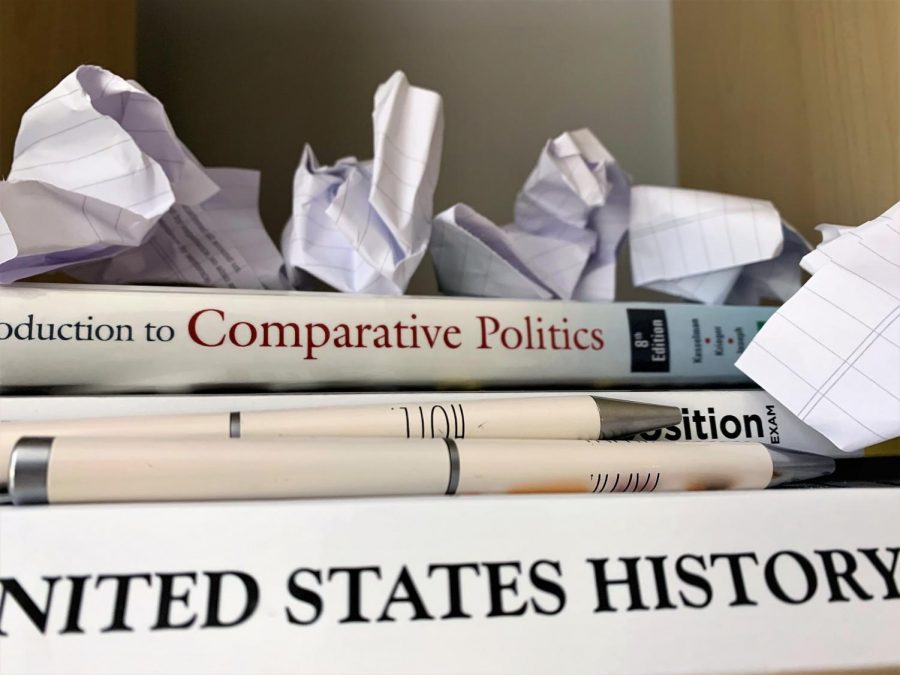Hidden History
Is the history taught in American textbooks concrete, or are there multiple angles from which to view the past?
An accurate view of our past can be obstructed by the biases in history textbooks.
January 15, 2021
While textbooks are beneficial for educating the youth, many American history books tend to leave out important details, glorifying the white male leaders of the country, while ignoring both the accomplishments and hardships of women and people of color.
Most Americans first learn about the fundamentals of history from school textbooks, starting with the discovery of North America in elementary school and transitioning to more in-depth explanations of the nation’s history in high school. It’s beyond debate that history remain a required subject for students, as a better understanding of the past can inform our understanding of the present.
However, history is not as concrete as it may appear on the pages of textbooks, which can sometimes present one viewpoint as fact to the exclusion of competing views. Such an approach to history deters students from thinking for themselves. Some of the history textbooks I have been assigned leave out important information in order to paint the US in a glowing light, when in reality there is much more to the story.
One such example is the lesson regarding the so-called “discovery” of North America. For a large part of America’s history, Christopher Columbus was seen as a hero. However, the details about how he and his crew mistreated Native Americans — not to mention the notion that the discovery of a land that other cultures already inhabited sounds ethno-centric — are rarely discussed in elementary and middle school classrooms.
I clearly remember sitting in the story room of my elementary school as my teacher related the great deeds of Columbus. Today, I can recognize that he is a notable historical figure who needs to be studied, but it is immensely important that the cultural issues surrounding his legacy be discussed, too. For students to be able to form their own opinions, they need to be taught both the good and the bad parts of history—not merely the parts that portray America as exceptional.
While it’s easy to fault the teachers who deliver such one-sided lessons, the problem may have more to do with school boards and politicians.
“Especially in my state, my general assembly—our legislative body—is involved deeply in how our standards are written,” Tinisha Shaw, a teacher and social-emotional specialist, said. “So these are politicians, not teachers. And therefore my curriculum is political. And so, I would guarantee, is yours.”
I do admit that the issue hasn’t been as prevalent in high school, especially when I began to take AP history courses. Now, the many atrocities committed against the Native Americans are mentioned in the course books I read.
Potentially, textbook creators opt-out of including these parts for younger children because they think that such facts are not appropriate at that age level. However, it is crucial to not leave out parts of history solely because it may surprise a younger child. It is important that, from the beginning, children are educated on all aspects and perspectives of history.
History is often not clear, and while one side can see an event as heroic, the other side can see it as a crime. Only when students are given all sides of the story can they accurately judge the lives and events that came before them but continue to resonate in the present age.













